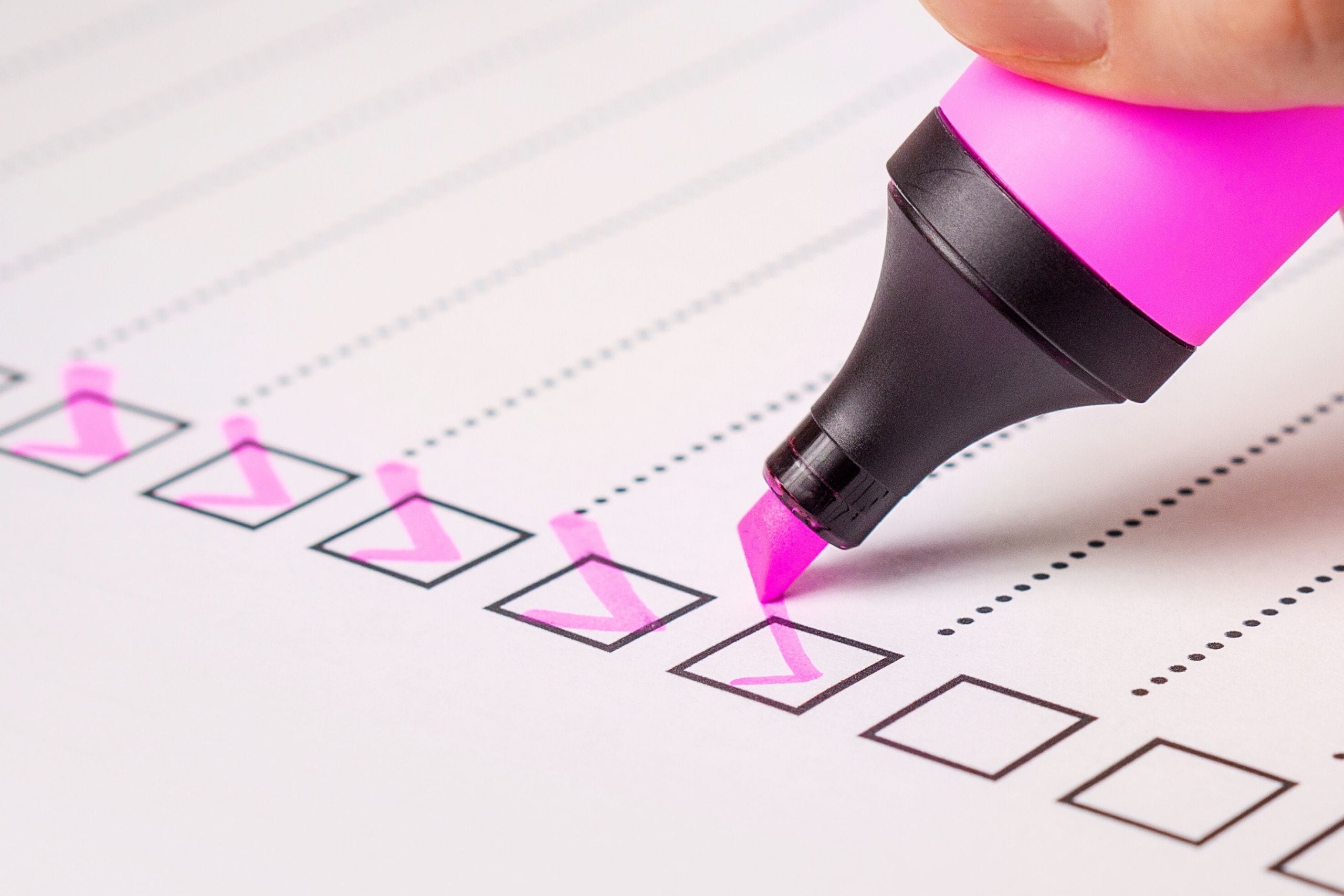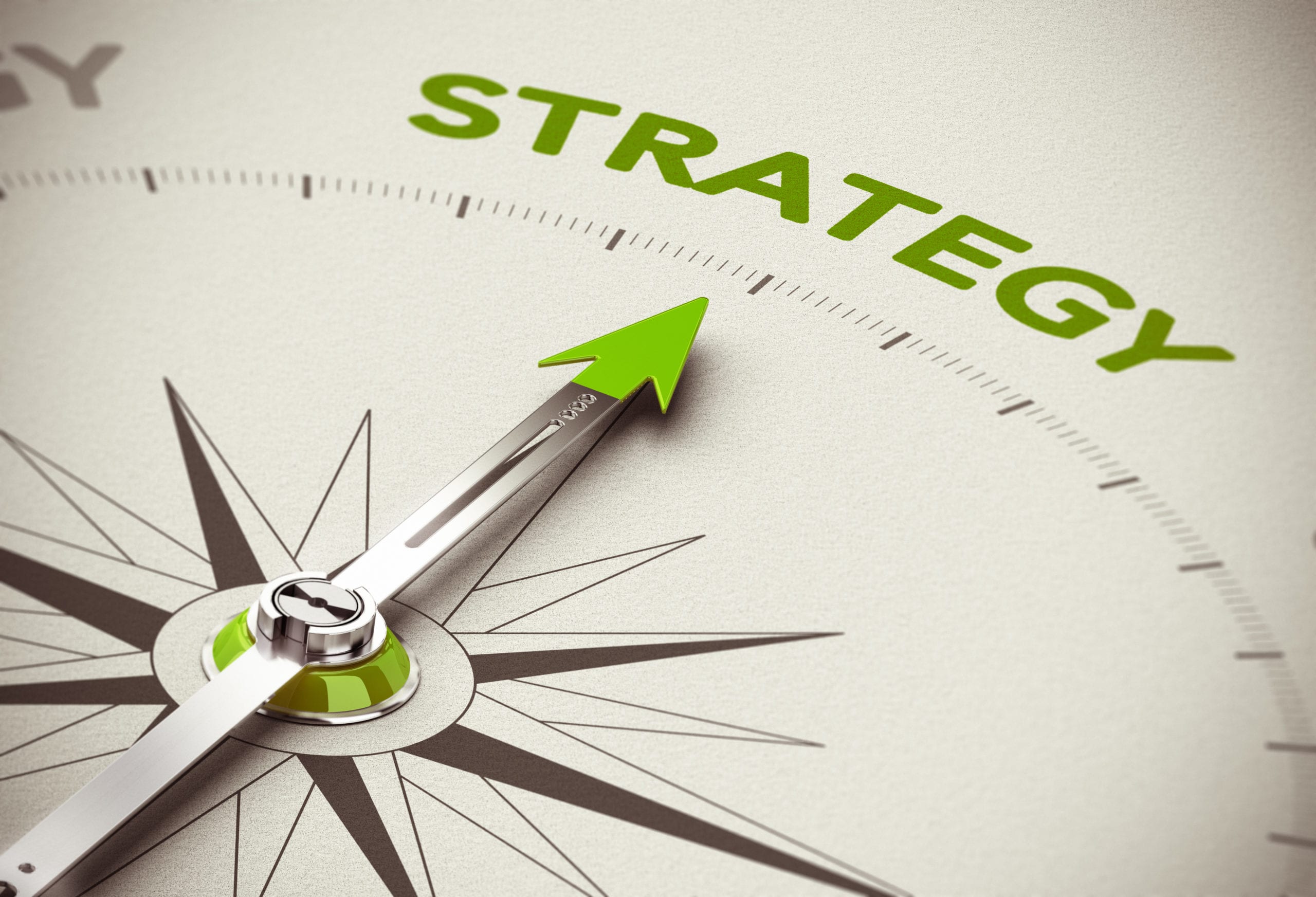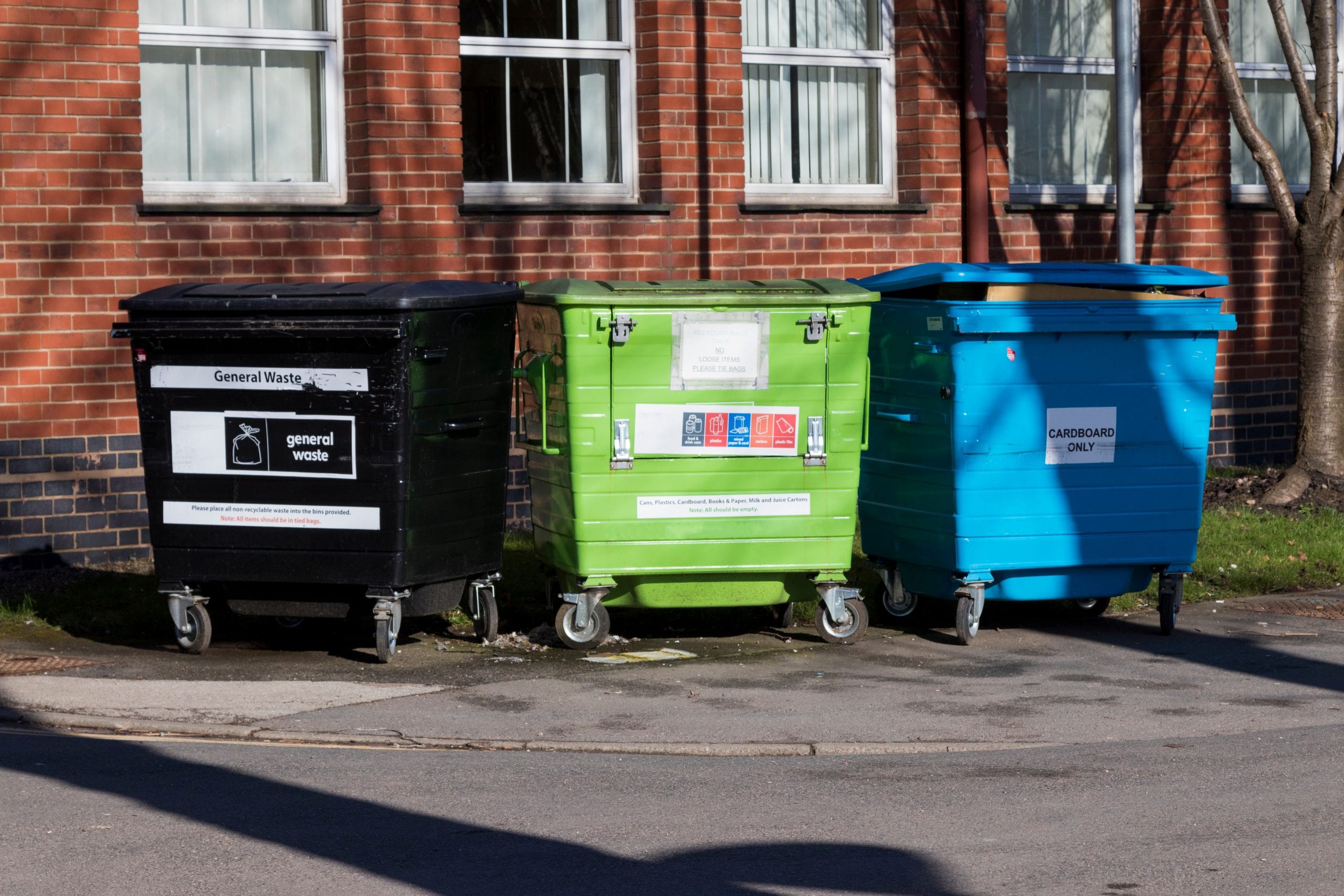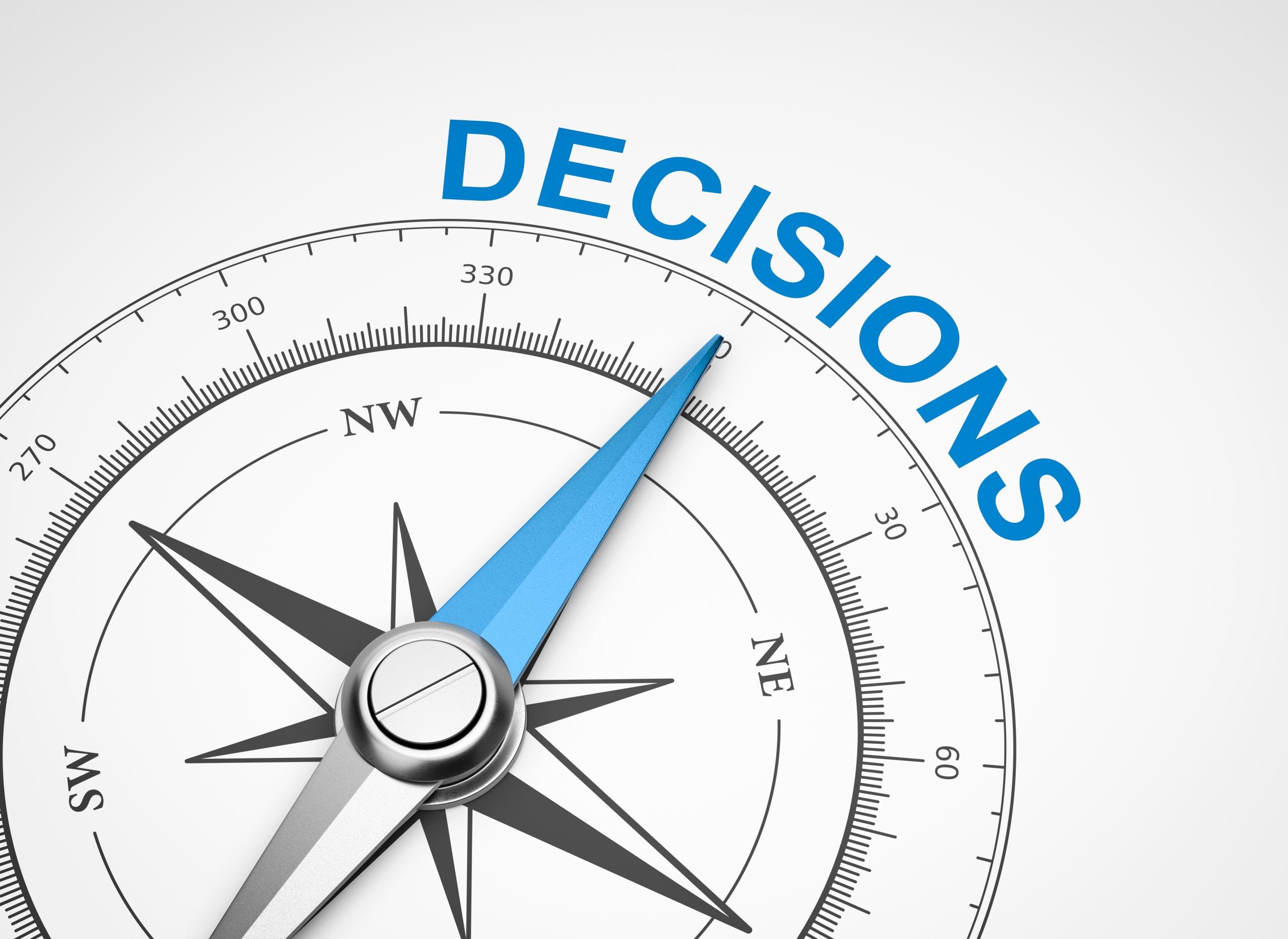Part 2: What is the role of a councillor, what they do and how long does it take?
What exactly does an elected member do? Why should you become one for your local area? Here we look at the role of a councillor and what they do.
A councillor is expected to be visible, accessible and through regular engagement with their communities, act as advocates on local views, and to empower their communities. Their day to day activities include:
- Representing the community within the council and to other agencies, such as the police and health services.
- Communicating the work of the council and other public agencies to constituents.
- Leading the community and others in developing a vision for the area and the steps to achieve it.
- Undertaking case work on behalf of individual constituents.
- Developing links with all parts of the community and seeking to help to negotiate solutions to meet their local needs.
- Campaigning on local issues.
- Winning resources for the ward.
- Meeting with other elected members, MSPs, MPs.
- Supporting local partnerships and organisations.
When looking at the role of a councillor, on average elected members spend 22 hours a week on council business. This consists of 8.1 hours (37%) on council meetings, 6.2 hours (28%) on engaging with constituents, 4.1 hours (19%) on working with community groups, and 3.6 hours (16%) on other related activities.
When asked to rank the most important things councillors do, 60% said representing residents, 51% supporting their communities, 49% listening to the views of local people, 28% attending council meetings, 21% planning services, 18% keeping the public informed, 17% dealing with complaints and 9.1% holding surgeries.
The Government has issued guidance on the elected member role to be played by councillors in relation to the current pandemic, COVID-19, which emphasises the need for them to: postpone meetings or make them virtual; ensure published information is legitimate and verified; use social media to communicate; and identify the most vulnerable groups and gaps in resilience through existing local knowledge and ongoing communication with their communities.
This has seen a significant increase in the use of digital working and use of virtual meetings to conduct business previously only ever transacted through physical meetings.
Continue reading >
< Go back

Please note you can unsubscribe at any time.






